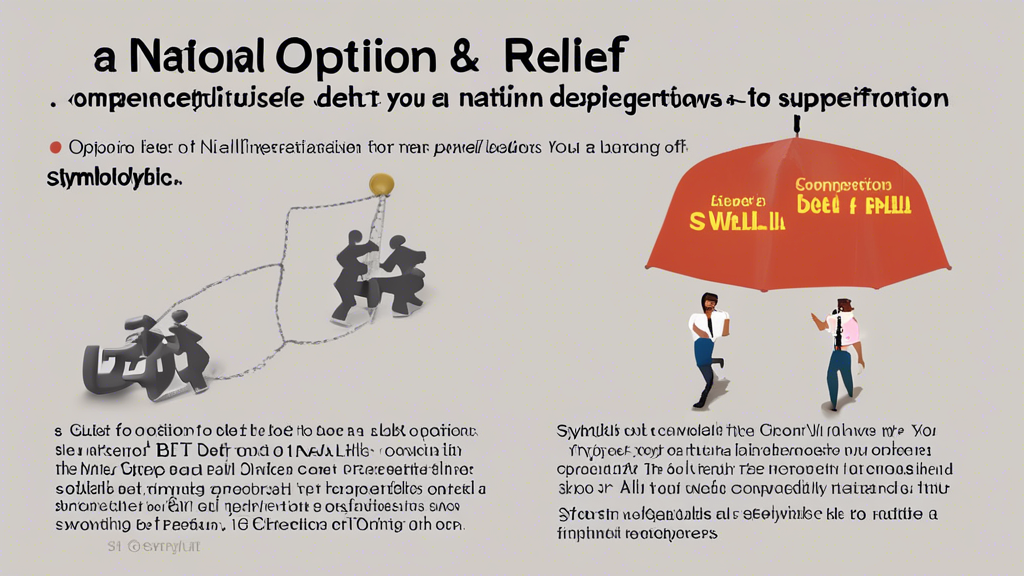Understanding National Debt Relief Programs
National debt relief programs offer a potential lifeline for individuals overwhelmed by unsecured debt, such as credit card bills, medical expenses, and personal loans. These programs aim to negotiate with creditors on your behalf, seeking to reduce the total amount you owe and create a manageable repayment plan.
How National Debt Relief Programs Work
The process typically begins with a consultation to assess your financial situation and determine your eligibility. If you qualify, the program will advise you to stop making payments directly to creditors and instead deposit funds into a dedicated savings account.
As your savings grow, the debt relief company will leverage your accumulated funds as a bargaining chip to negotiate with creditors. The goal is to reach settlements where you pay a reduced amount, often a significant portion less than the original debt.
Types of National Debt Relief Options
Several debt relief options are available, each with its own set of advantages and drawbacks:
Debt Management Plans (DMPs)
DMPs involve working with a credit counseling agency to consolidate your debts into a single monthly payment. While DMPs don’t typically reduce your overall debt, they can lower your interest rates and make payments more manageable.
Debt Settlement
Debt settlement companies negotiate with creditors to settle your debts for a lump sum payment that is less than the full amount owed. This option can provide significant debt reduction, but it can negatively impact your credit score and may have tax implications.
Debt Consolidation
Debt consolidation involves taking out a new loan to pay off multiple existing debts. This can simplify your payments and potentially reduce your interest rate, but it’s crucial to secure a lower rate than you currently have to benefit fully.
Choosing a National Debt Relief Company
Selecting a reputable and trustworthy debt relief company is essential. Consider the following factors:
- Accreditation: Look for companies accredited by organizations like the American Fair Credit Council (AFCC).
- Fees: Understand the fee structure and ensure it aligns with industry standards.
- Transparency: Choose a company that provides clear and detailed information about its services and potential outcomes.
- Customer Reviews: Research online reviews and testimonials to gauge the experiences of past clients.
Is National Debt Relief Right for You?
National debt relief programs can be a viable solution for individuals struggling with overwhelming debt. However, it’s crucial to weigh the potential benefits against the drawbacks carefully. Consider factors such as the impact on your credit score, the fees involved, and the time it takes to complete the program.
Before enrolling in a debt relief program, explore alternative options like budgeting, negotiating directly with creditors, or seeking credit counseling. A financial advisor can provide personalized guidance based on your circumstances.



